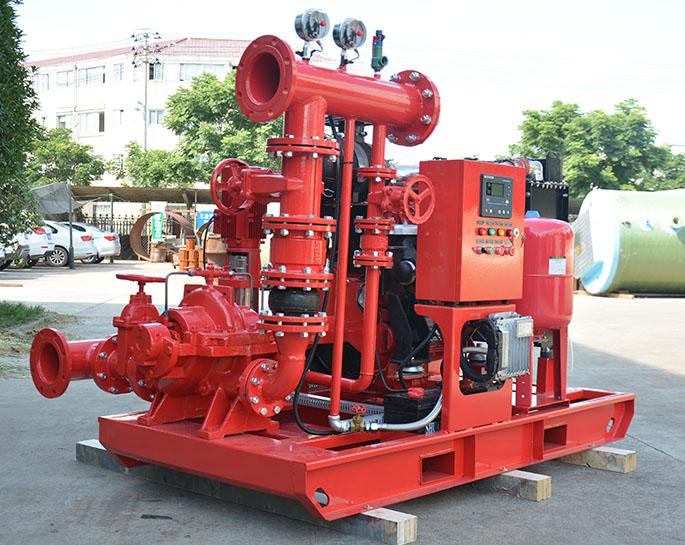What causes fire pump cavitation?
Cavitation in a fire pump can have serious consequences as it can lead to pump damage, reduced efficiency, and ultimately, a failure to deliver the required flow and pressure for firefighting. Cavitation occurs when the pressure of the liquid being pumped drops below its vapor pressure, causing the formation of vapor bubbles or cavities. These bubbles can collapse violently as they move to areas of higher pressure, leading to mechanical damage and reduced pump performance. Several factors can cause cavitation in fire pumps:
-
Insufficient Net Positive Suction Head (NPSH): One of the most common causes of cavitation is when the available Net Positive Suction Head (NPSHa) is insufficient. NPSHa is the difference between the pressure head at the pump suction and the vapor pressure of the liquid being pumped. If the NPSHa is too low, the liquid may vaporize as it enters the pump, causing cavitation.
-
High Pump Speed: Operating the fire pump at a speed significantly higher than its design speed can lead to low-pressure conditions at the suction side, causing cavitation.
-
Clogged or Restricted Suction Lines: Obstructions or restrictions in the suction lines can reduce the flow of liquid to the pump, causing a drop in suction pressure and potentially leading to cavitation.
-
Air Leaks: Air can be drawn into the suction line, reducing the effective NPSHa. Air can also form bubbles that lead to cavitation when it enters the pump.
-
Operating Beyond the Pump Curve: Operating the fire pump beyond its designed flow or pressure range can lead to low-pressure conditions at the suction side and trigger cavitation.
-
Improper Impeller Clearance: Incorrect impeller-to-volute clearance can disrupt the flow patterns within the pump, leading to pressure drops and cavitation.
-
Elevation Changes: If the fire pump must pump water from a lower elevation source, it may be necessary to take into account the difference in elevation when calculating NPSHa.
-
Volatile or Low-Pressure Liquids: Certain liquids are more prone to cavitation due to their low vapor pressures. Using the correct type of pump for the liquid being handled is essential.
-
Pump Suction Diameter: Inadequate suction diameter compared to the required flow rate can create high velocities at the suction, leading to pressure drops and cavitation.
Preventing cavitation in a fire pump is essential to ensure reliable performance during firefighting situations. Proper system design, regular maintenance, and adherence to the manufacturer's specifications are critical for avoiding cavitation issues. Monitoring the NPSHa and ensuring it exceeds the NPSH required by the pump is a fundamental aspect of preventing cavitation in fire pump systems. Additionally, addressing any potential sources of air ingress and maintaining clean, unobstructed suction lines are key measures to mitigate cavitation risks.


.png)
.png)

.png)


